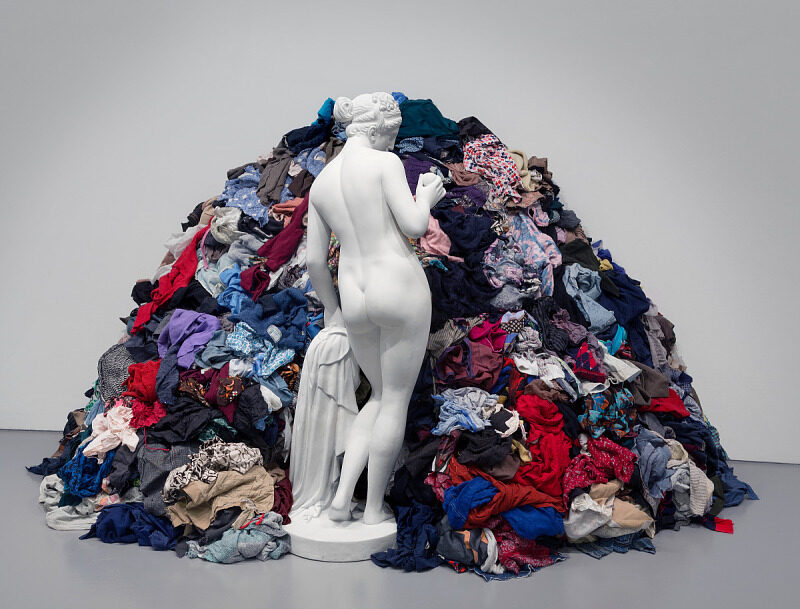“Arte Povera: Artistic Tradition and Transatlantic Dialogue”

Magazzino Italian Art is currently hosting its fifth annual spring lecture series which aims to showcase new perspectives on postwar Italian art by bringing together some of the leading scholars of Arte Povera. This year’s lecture series, titled “Arte Povera: Artistic Tradition and Transatlantic Dialogue,” is curated by Dr. Roberta Minnucci, Magazzino’s 2022-23 Scholar-in-Residence, and delves into research topics related to Arte Povera’s relationship with heritage, primitivity and its artistic exchanges with the United States. The lineup of participants for the 2023 season includes Dr. Marin R. Sullivan, Dr. Roberta Minnucci, Dr. Laura Petican, and Dr. Raffaele Bedarida.
The four-part lecture series explores how Arte Povera’s artistic identity was shaped by both the legacy of artistic tradition and its dialogue with American art, while also promoting subversiveness—art that is free of convention, the marketplace, and the power of structure.
In 1967, Germano Celant used the term “Arte Povera” to describe the experimental practices of a group of young Italian artists who adopted a process-oriented approach based on the investigation of unconventional materials and the active participation of the viewer. Arte Povera situated itself in dialogue with artistic experiments emerging in Europe and the United States. However, unlike their international peers, a number of Arte Povera artists engaged with the past, employing references to Italian and European cultural heritage to reclaim a specific artistic identity in the face of the increasing global relevance of American contemporary art and pop culture.
The international recognition of American Pop Art, marked by the award of the 1964 Venice Biennale’s Grand Prize to Robert Rauschenberg, was condemned by Italian artists for being an unexamined and uncritical glorification of consumer culture that was encouraged by a profitable art market. Despite this, certain Arte Povera artists showed significant enthusiasm and extensive familiarity with contemporary American art movements. The United States served as a crucial global stage for Italian artists to showcase their creations to a fresh audience, while Italy provided American artists with greater international visibility for their work in Europe. This resulted in an unprecedented artistic exchange between both sides of the Atlantic, prompting Italian and American artists to engage in an ongoing dialogue that has yet to be comprehensively explored in academia.
This series of lectures allow Dr. Petican, Dr. Sullivan, Dr. Bedarida, and Dr. Minnucci a forum to share their insights into the intricate dynamics embedded in the progressive definition of Arte Povera’s artistic identity by exploring the Italian artists’ relationship with their own cultural heritage and the international art scene. Each lecture provides a more nuanced interpretation of Arte Povera’s relationship with cultural identity and the United States, illuminating key themes in the ongoing scholarly discussion, such as dynamics of influence, transatlantic exchange, cultural diplomacy, and artistic heritage.
-Coby Hobbs
